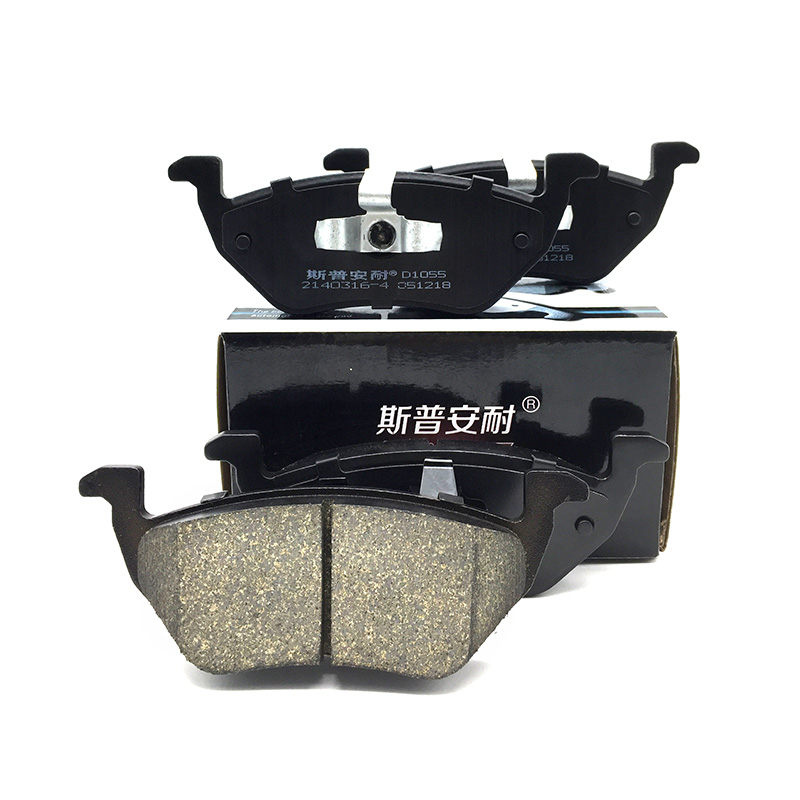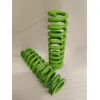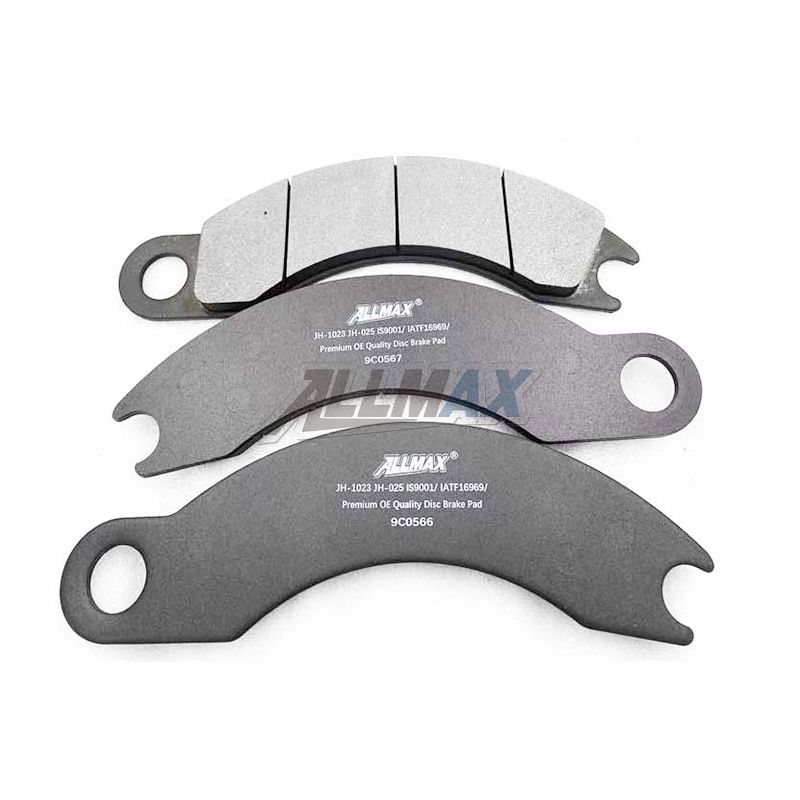When it comes to maintaining the safety and performance of your vehicle, one crucial component to consider is the brake system. Brake pads play a vital role in stopping your vehicle effectively, and choosing the right type of brake pads can greatly impact your driving experience. Two popular options in the market are ceramic and metallic brake pads. In this article, we will explore the characteristics, advantages, and disadvantages of both types to help you make an informed decision for your vehicle's braking needs.
Understanding Ceramic Brake Pads:
Ceramic brake pads are composed of a mixture of ceramic fibers, bonding agents, and fillers. They are known for their exceptional heat resistance and low noise levels, making them a popular choice for many drivers. Here are some key points to consider:
a. Excellent Performance: Ceramic brake pads offer consistent braking performance over a wide range of temperatures. They provide smooth and predictable stops, making them suitable for everyday driving conditions.
b. Reduced Dust and Noise: One significant advantage of ceramic brake pads is their low dust production. This not only keeps your wheels cleaner but also helps to maintain the appearance of your vehicle. Additionally, ceramic pads produce less noise during braking, providing a quieter ride.
c. Gentle on Rotors: Ceramic brake pads generate less heat and friction, which leads to reduced wear on the rotors. This can potentially extend the lifespan of your brake system, resulting in cost savings in the long run.

Evaluating Metallic Brake Pads:
Metallic brake pads, also known as semi-metallic pads, are made from a blend of metal fibers, fillers, and binding resins. They have been widely used for decades and offer their own set of advantages and considerations:
a. Enhanced Heat Dissipation: Metallic brake pads are well-suited for high-performance driving and heavy-duty applications. They effectively dissipate heat, making them less prone to brake fade under extreme conditions, such as towing or aggressive driving.
Explore more:Understanding Brake Shoes: A Comprehensive GuideHow Do I Know if My Timing Belt Tensioner Is Bad?Car Mat: Enhance Your Driving Experience with Premium Comfort and ProtectionFactors Affecting the Performance of Commercial Vehicle Brake PadsMG Auto Parts: Ensuring Quality and Reliability for Your VehicleHow do I know if my coil springs are bad?How a Radiator Works in a Truckb. Superior Durability: The metal content in these brake pads provides excellent durability and resistance to wear. This makes metallic pads a preferred choice for vehicles that require more robust braking performance, such as trucks or SUVs.
c. Potential Noise and Dust: Metallic brake pads may generate more brake dust compared to ceramic pads. Moreover, some metallic pads can produce more noise, especially when cold, although advancements in technology have significantly reduced this issue.
Making the Right Choice:
To help you make an informed decision, here are a few factors to consider when choosing between ceramic and metallic brake pads:
a. Driving Conditions: Evaluate your typical driving conditions. If you drive mostly in urban areas or prefer a quiet ride, ceramic brake pads may be the better option. For heavy-duty applications or performance driving, metallic brake pads can provide the necessary durability and heat dissipation.
b. Budget and Longevity: Ceramic brake pads generally have a higher initial cost but tend to last longer, while metallic pads are often more affordable but may require more frequent replacements due to wear. Consider your budget and the long-term costs associated with each type.
c. Personal Preference: Ultimately, personal preference plays a role in your decision. Testimonials, recommendations from trusted sources, or seeking advice from a knowledgeable mechanic can help you make a choice aligned with your preferences and driving style.
Conclusion:
Selecting the right brake pads for your vehicle is essential for optimal safety and performance. Ceramic brake pads excel in providing consistent performance, low dust, and reduced noise levels, whereas metallic brake pads offer enhanced durability and heat dissipation. Consider your driving conditions, budget, and personal preferences when making a decision. Remember to consult with professionals or refer to reputable sources for guidance in choosing the most suitable brake pads for your vehicle.
Explore more:Brake pads vs. brake shoesHow does an auto engine work?Replacing a Cylinder HeadHow do you know if my coil springs are bad?The Cost-Effectiveness of Investing in Long-lasting Brake PadsWhat Does the Clutch on a Car Actually Do?Everything You Need to Know about a Brake Slave Cylinder












Comments
Please Join Us to post.
0